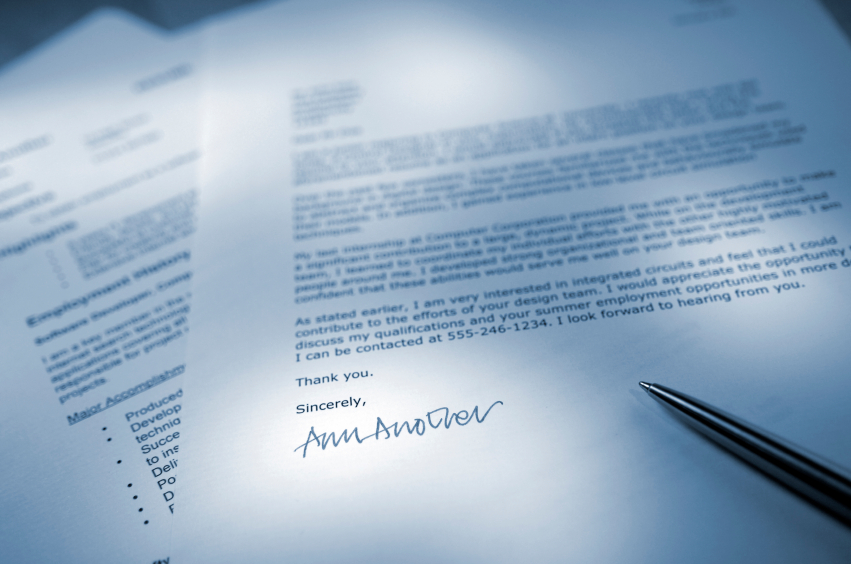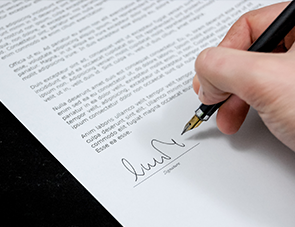Basic Considerations
When writing a cover letter, it’s important to bear formality in mind. As such, there are set guidelines pertaining to what information should be included, as well as how to format it.
While minor flaws or violations of standard formatting adherences may seem dismal in significance, resume managers read through hundreds of near-identical cover letters when searching to find a strong candidate.
- An incorrectly formatted letter may raise red flags surrounding your application as a whole.
- For this reason, it is of paramount importance to adhere to pre-established cover letter styling guidelines, while at the same time adding sparks of personal flare.

Types of Cover Letters
Cover letters vary widely in style and structure, largely because an applicant should tailor the design of their cover letter to a particular employer or position. However, even when considering this fact, a few general classes of cover letters have emerged into use.
Application Letter
The application letter is used when applying for a specific job opening, considered the most commonly used and traditional option among standard cover letter formats.
Letter of Interest
Contrasting with the application letters address to a particular job position, the letter of interest conversely inquiries about possible job openings aside from those explicitly mentioned by the job listing advertisement.
Referral Letter
The referral letter is written around the testimony of someone who has referred you to the job at hand.
- Following along with this format provides you a great opportunity to gain an employer’s interest, setting apart your application from the collection of other resumes.
- Especially under the circumstance that your referral comes from an employee of the company to which you apply, the referral letter serves to establish trust and credibility with your employer.
CAREER
TIP
Beyond a choice in format, a well-written cover-letter requires attention-to-detail with regards to styling options. Browse over some cover letter samples.
Networking Letter
Another matter entirely, the networking letter is tailored to the purpose of extending job search advice and assistance to colleagues, individuals, or other professionals whom you’ve recently met.
- The core idea behind the networking letter stems around making connections in attempts to set the basis for a future referral or recommendation, which in itself lends a variety of other application options.
Value Call-to-Action Letter
Whereas a traditional application letter may incorporation functional and chronological aspects of employment history, the value call-to-action hones in on elaborating as to what skills or value an employee can offer
- This option is best-suited for individuals with minimal work experience.
Before advancing to select any of the aforementioned letter options, be sure to research the company or job to which you’re applying and figure out which option would better demonstrate your skillset and work experience, while also conveying how you can contribute to the company at hand.
Roadmap
The cover letter, typically restrained to one page in length, needs to provide a clear and factually-oriented case as to why an applicant should be hired. With this in mind, the division of sections should base around a few major discussion points.

1.Brief introduction addressing the resume manager.
- Included in the introduction is not only a run-down of contact and heading material, but also a warm, yet professional greeting to your employer.
2.Establish why you pose value to the company
- Layout your skills and competencies directly after the introduction, as a way of "hooking in" or luring a resume manager to your application.
- It’s crucial to offer up this information as near to the start of the letter as possible.
- Not only will clarifying your skills establish authority, but may also serve to develop a sense of professionality.
3.Fill out any points of confusion found in your resume
- One of the primary considerations when developing your cover letter is to focus on details which have not already been introduced or fully elaborated in the resume section.
- Below your introduction, but still placed central to the ‘meat’ of the resume is a suitable location for such information.
4.Summarize your resume and concludethe letter.
- Even while introducing new information to the resume manager, it’s worth bearing in mind the fact that the cover letter is situated directly before the resume, and thus should serve as a sort of ‘introduction’.
- Briefly recapping employment history, skills, or other relevant information developed more extensively in the resume can help with easing into the following section.
- We also recommend formerly closing by addressing the resume manager and elaborating on the potential you see in working with a company.
Conventions
Many formatting conventions of the cover letter are reminiscent of traditional conventions found throughout letter formatting. At the head of your paper, provide mentions of both the employer's and your personal contact information, as well as a respectful address to the resume manager. See the example below:
January 1, 2018
1234 Adress
Colorado Springs, Colorado 80917
(xxx) xxx-xxxx
hiring.manager@mail.com
Respected Mr. (surname),
With reference to how you decide to address the resume manager, try to envision the situation from their perspective.
- A generalized ‘sir or madame’ greeting may throw off employers, giving the impression that the cover letter was brashfully or non thoughtfully written.
- Instead, the solution to this problem simply lies in researching the company at hand and figuring out which prefix is most appropriate for the given resume manager.
Aside from formatting options, you must also focus on explicitly telling the employer which position was applied for and how you came about that opportunity.
- Following this introduction, the rest of the paragraph is designed to introduce the manager to your employment history, including your educational qualifications, area of expertise, and career goals, specifically relating to how they correlate to the goals of the company as a whole.
As a professional with decades of experience in the industry, I was thrilled to
learn that company name is in need of a job title. Over the past
x years in the industry, I have cultivated a passion for area of
expertise, as evidenced by qualification #1, as well as my qualification #2.
I beileve company name's commitment to this mission can be furthered by my seasoned knowlege of particular qualifications.
Selling Yourself
The fundamental idea behind cover lettering is to bridge the objectivity of the resume with the subjective nature of the interview. A key step in reinforcing this idea is describing how past experiences relate to future prospects, which are specifically aligned to the company’s needs.

A sure-fire way to align your achievements with that of a company is to refer to specific mentions of keywords or phrases provided in the job listing.
- With additional research about the company’s mission, explain how you can fit into their “mold”, while also bringing unique qualification and pushing the company forward as a whole.
You're in need of a professional with more than a year of experience in area of
expertise, but I can offer much more. Not only did I excell at past achievement
whilst working with past employer, I also completely stood out with
past achievement as the award amongst the entire company..
CAREER
TIP
Aside from the main format itself, the core content of information remains to be filled in. Refresh on our cover letter tips for additional information.
Closing the Letter
The letter closer can most accurately be thought of as a “call-to-action”.
- Your goal with the conclusion is to provide the resume manager with the means to carry your application one step forward.
- As such, it’s important to include any scheduling requests, in addition to expressing your thankfulness for their consideration and hopefulness for future collaboration.
The skills I've brought to the table hold the power to add tremendous
value to the company. Under my previous management,
- Statistic #1
- Statistic #2
I look forward to the future possibiltiies of collaboration. You can contact me at email@mail.com or by phone at (xxx) xxx-xxxx




